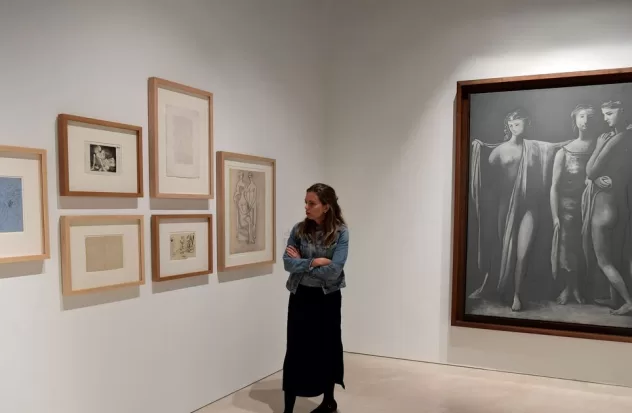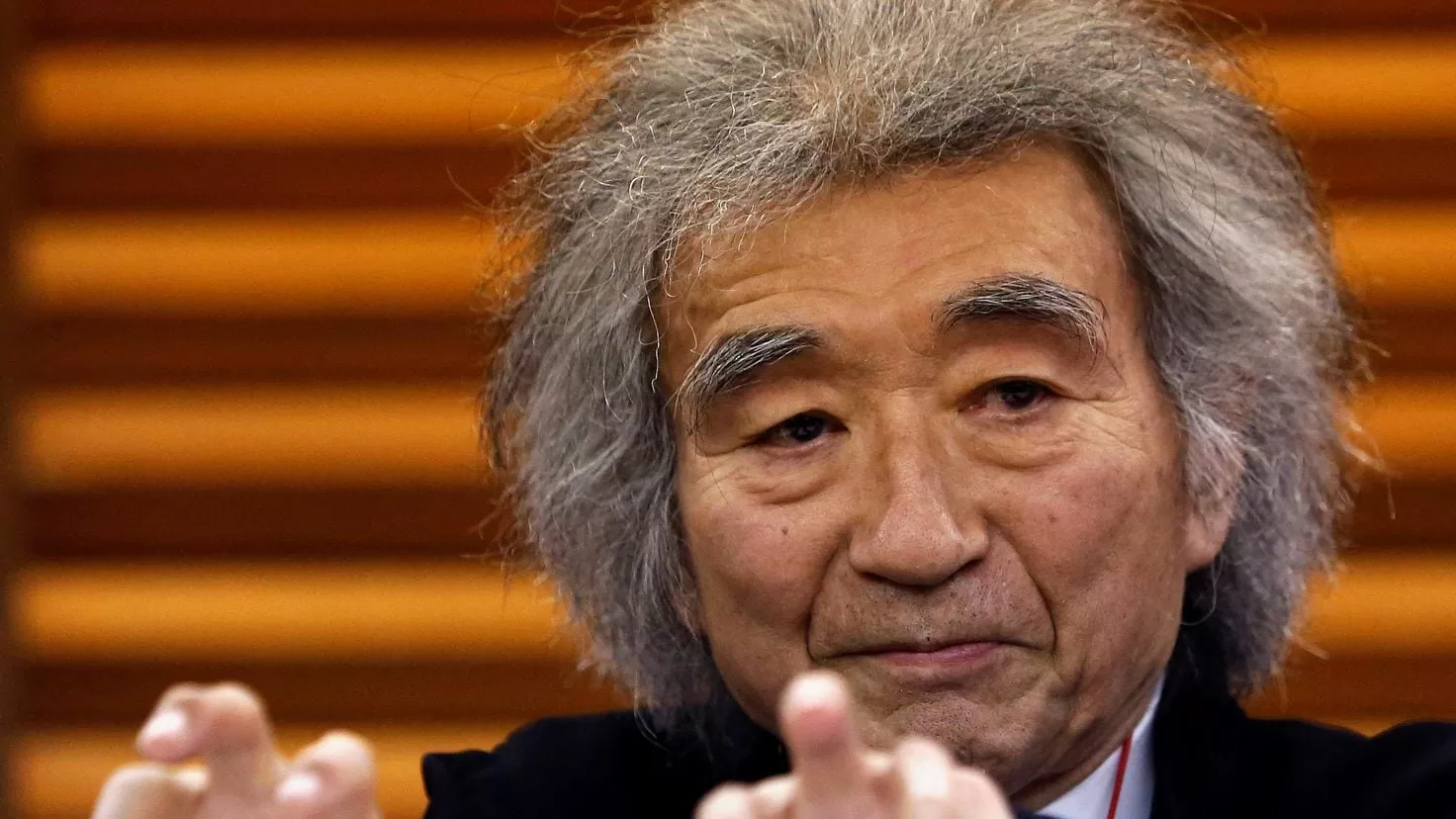PARS.- He Picasso Museum of Paris inaugurates this Tuesday a exhibition which illustrates the voracious appetite for images of the painter Spanish, who collected thousands of postcards, photographs, posters and magazines as a source of inspiration.
Picasso iconofago is the title of the retrospective, open until September 15, with 87 works, 55 of them belonging to the museum’s collections.
Picasso was the example of an artist who knew how to take advantage of the techniques of mass reproduction of works of art of the 20th century, such as the postcards that museums began to print in abundance.
Wherever he could not go to see the paintings that interested him in person, the Spanish genius acquired images to study them, even if the reproductions were in black and white (colors that were also one of his preferred means of expression).
Until the end of the 19th century: “reproduction essentially rested on engravings or prints,” Cécile Debray, president of the Picasso Museum, explained to AFP.
“Suddenly there was an explosion, an avalanche of new images, coming from all over the world, and an opening to foreign, non-Western cultures. Picasso is aware that there are other ways of seeing and representing the real world,” he added.
inspiration
Picasso collected everything from illustrated humorous magazines, such as the Catalan Papitu, to erotic photos, posters, British or American magazines that he could not read, but whose illustrations were of the highest quality.
The exhibition is divided into four parts: Hero, Minotaur, Voyeur y Musketeer.
Based on the classic paintings by Jacques-Louis David and Nicolas Poussin on the myth of the Abduction of the Sabine WomenPicasso undoes and reconstructs those images, which will later serve as inspiration for his Guernica (1937).
And also for a little-known painting by the painter: Massacre in Korea, from 1951, which draws directly from the executions of Francisco de Goya on May 3, 1808.
In Minotaur Picasso takes advantage of the image of the mythical monster, half bull, half human, reproduced on postcards from Greek amphorae, to explore his sexual obsessions.
Goya and his bullfighting engravings once again appear as a determining influence. And that part of the exhibition gives way to a surprising display of the materials that Picasso managed to accumulate in his workshops, a chaotic mix of papers of all kinds and sizes.
As well as 66 copper plates dedicated to the theme of Celestina, to illustrate a special edition of the novel by Fernando de Rojas, a masterpiece of 15th century Spanish literature.
Picasso also claimed to be a voyeur (voyeur).
Whether it’s a woman urinating on the beach (La pisseusse 1965) that is inspired by an etching by Rembrandt from 1631 or a painting that obsessed him for years, Lunch on the grass by Edouard Manet (1863).
Musketeer It not only explores Picasso’s attraction to the figure of the swordsman since his childhood, but also illustrates his way of approaching the myth of Don Quixote, and his devotion to El Greco and Velázquez.
Exiled in France, the Spanish genius will never be able to return to El Prado to admire “Las Meninas”, so he will keep dozens of prints, photographs or reproductions to version the painting.
New digital portal
Parallel to the exhibition, the Picasso Museum is advancing its enormous project to digitize the collection’s holdings, which has more than 200,000 objects of all kinds, donated to the French State by the family in 1992.
The Parisian museum launched a new digital portal on Monday to facilitate access for amateurs and experts. And he is preparing, in another mansion near his headquarters, the inauguration “between now and the end of the year” of the Center for Picasso Studies.
FUENTE: AFP





